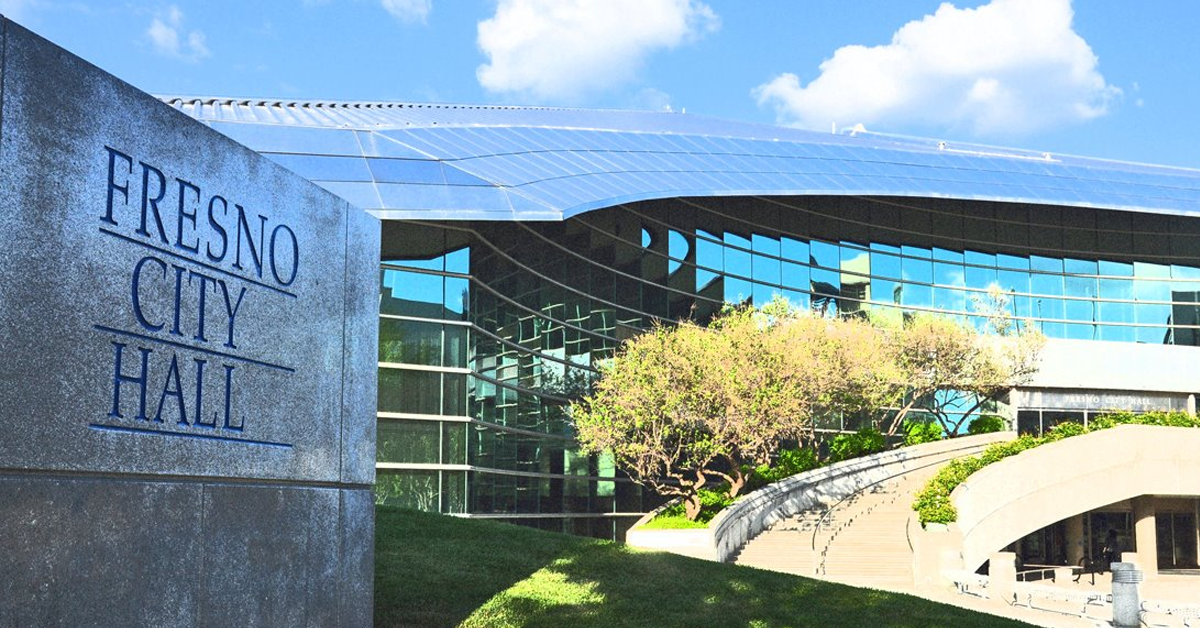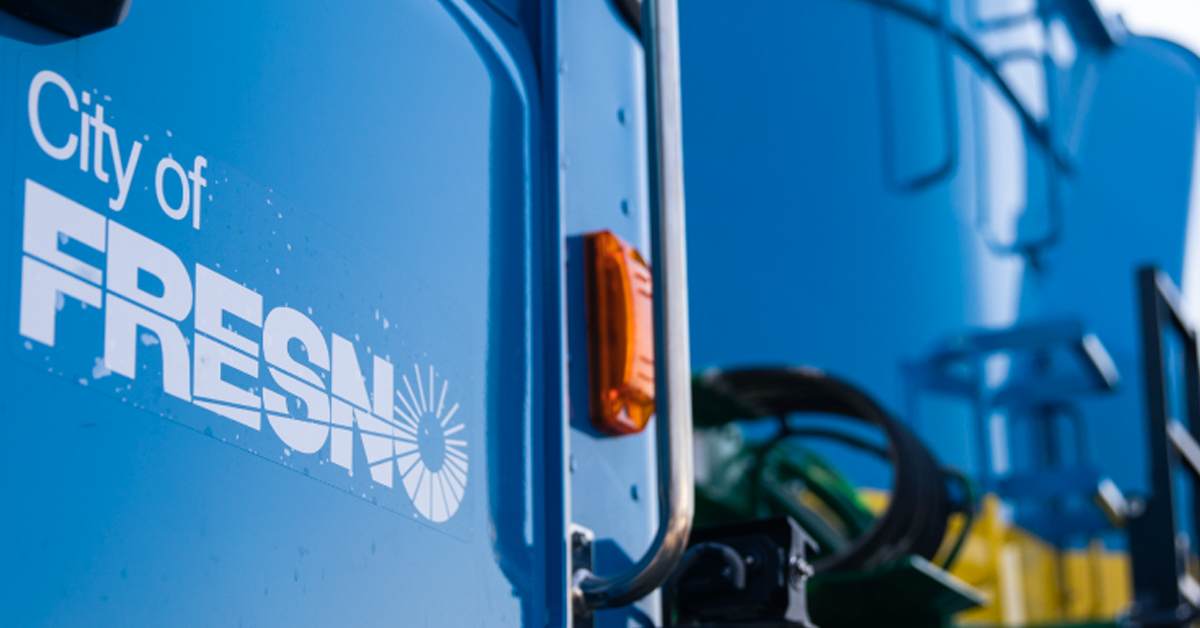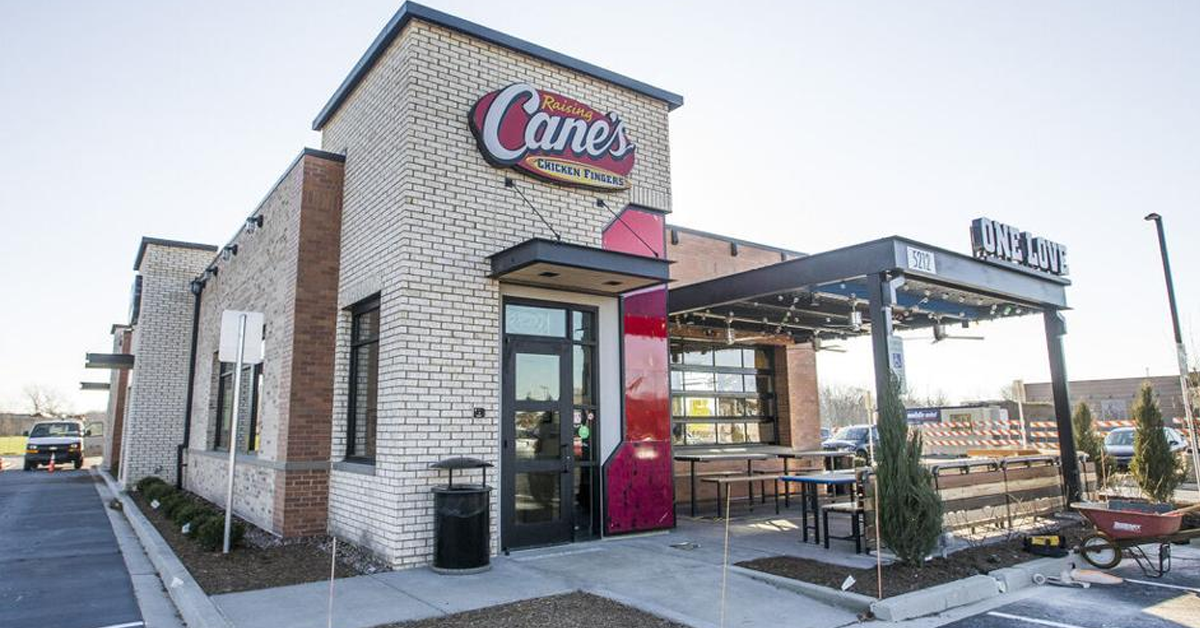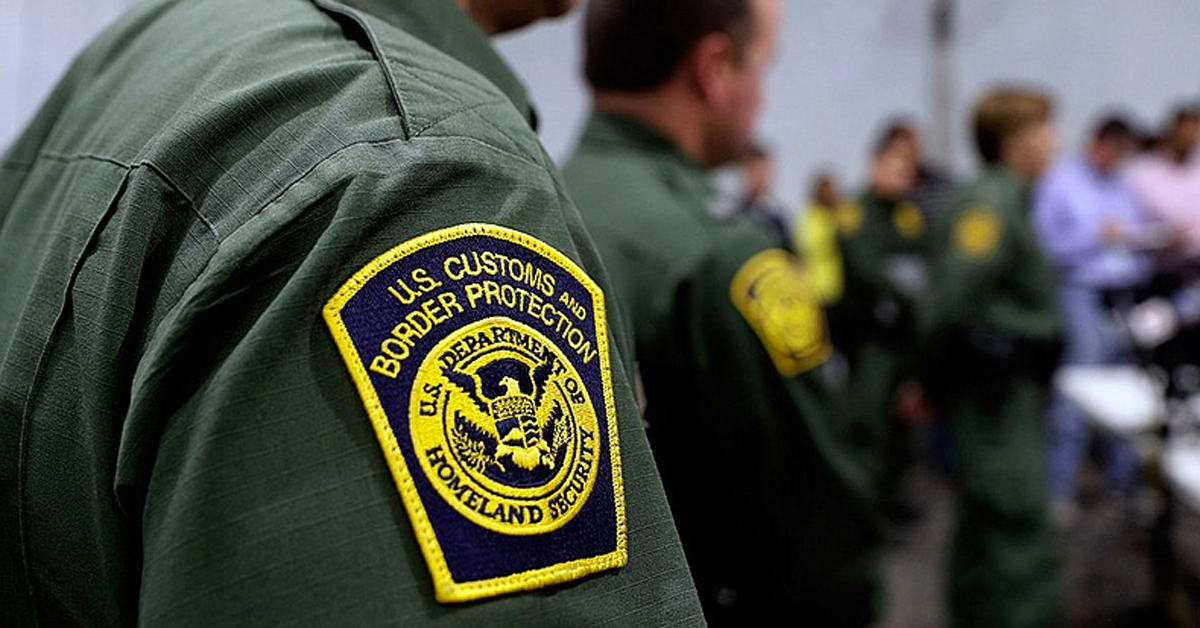Why isn’t Fresno front and center in the 2016 presidential campaign?
Our fair city isn’t Topic A in the epic fight between Hillary Clinton and Donald Trump. But it ought to be, at least when the candidates get down to domestic policy in general and urban policy in particular.
And since most Americans live in urban areas, the two policy areas are essentially the same thing.
I mention this because Fresno on Wednesday was graced with a visit from Shaun Donovan, the former Housing and Urban Development director who now serves as President Obama’s budget director.
It wasn’t Donovan’s first trip to Fresno, and this one was a rather low-key affair. He and several city officials – Mayor Ashley Swearengin and assistant planning director Dan Zack among them – toured sites around town of interest to Washington, D.C.
Simply put, the feds during the Swearengin Era have pumped a lot of money into Fresno. The Fulton Corridor project, the Bus Rapid Transit project and care for the homeless are just three of the many local issues on the Obama Administration’s radar screen.
Like a general touring the front lines, Donovan wanted to see the action for himself.
Donovan and Swearengin concluded with walk along what used to be Fulton Mall and a stop for lunch at Casa de Tamales, between Tulare and Inyo streets. First, though, they met with reporters for about 15 minutes at the back of the restaurant.
Assembly Member Joaquin Arambula and restaurant owner Liz Sanchez were there, too.
Donovan and Swearengin gave us a riveting (if all too brief) review of how the Obama Administration’s Progressive agenda has come to impact local control. I capitalize “Progressive” because I want to be clear that I’m not using the word as an old-fashioned adjective. I’m referring to the Progressive politics that, over the past 140 years or so, have come to dominate America’s civic life.
Obama’s “Strong Cities Strong Communities” initiative was the connecting thread to Donovan’s visit – SC2, in government-speak. SC2 was launched in 2011. The idea was that many American cities have immense economic and social challenges. The federal government has many agencies devoted to fixing those economic and social challenges.
Yet, the challenges remain. The public might conclude that the Progressive experiment – society can be improved, perhaps even perfected, through scientific management executed by trained, disinterested experts wielding unquestioned centralized power – had failed.
SC2 is to reinvigorate Progressivism’s urban game plan. Fresno in mid-2011 was selected as one of seven cities to serve as SC2 pilot sites. The other cities included Detroit, Baltimore, Cleveland, New Orleans and Memphis.
Federal experts expert at deciphering the labyrinth of federal expertise would come to City Hall and help us figure out how to get hold of all that opaque federal assistance so we can fulfill policy goals that meet both local desires and federal mandates.
That is the essence of SC2. The initiative has expanded into other cities since that first round back in 2011. SC2 rules the roost among the Obama Administration’s urban policy experts.
But Obama is termed out on Jan. 20, 2017. Will his successor continue SC2 in its current form? Reform it? Or blow it up and start all over?
Fresno would be the perfect vehicle for Clinton/Trump to dig into those questions. So far, everyone is focused on Miss Universe’s weight.
Donovan and Swearengin on Wednesday met the issue head-on. SC2 works as planned, they said. It’s America’s future.
As I said earlier, the Donovan-Swearengin news conference was over too soon. I found it fascinating. Below, I give you extended quotes from that presser. They should be of interest to all CVObserver readers who find the fight between the Woodrow Wilson and. Ronald Reagan schools of self-rule to be of interest.
Donovan, Swearengin said in her introduction, “has really played a central role in the revitalization of our city, so we were really pleased when he offered his time to be here today. As many of you know, we started working with the Obama Administration back in 2011. We were selected to be one of (seven) cities to participate in the Strong Cities Strong Communities program. The goal of that program was to bridge the gap between the federal government and the local government, and to determine whether or not we could work together in a more flexible way to help the city realize our goals. That has happened in an incredible way.
“As a result of the partnership, we’ve seen things like support for the development of our 2035 general plan and (funding) in part for the development of our Downtown Neighborhoods Community Plan and the Fulton Corridor Specific Plan. All of those documents are being adopted later this month. But much more significantly, (there is) Bus Rapid Transit — $40 million for kick-starting our bus rapid transit program. And then, of course, the Fulton Mall reconstruction project, $20 million in total with the majority of that funding coming from the federal government. And we were notified a few weeks about an additional grant to improve streets and roadways around some of our largest industrial customers in town. That’s been another benefit of this local-federal partnership.
“It’s been really inspirational to have a team of people in the Obama Administration who were very intentionally and proactively reaching out to us and trying to figure out: ‘How can we help Fresno achieve its own goals and its own aspirations?’ We’ve benefited, too, in having incredible people move here, live in Fresno and work with of us – one of whom is still in town. Gretchen Moore is with us and is now working at the Downtown Partnership. So, the fingerprints of this partnership are all over our community. We are happy to have Mr. Donovan here to see some of that good work on display in Fresno.”
Donovan was Obama’s HUD secretary for more than five years.
“Mayor, thanks for an amazing tour and thanks for having us here,” Donovan said. “It’s exciting, and I’m really looking forward to lunch so I’ll try to be short. And Assemblyman (Arambula), thank you for your leadership. It’s just remarkable to see the funding you’ve brought, the leadership you’ve brought, your own personal story you told us about your Dad (former Fresno County Supervisor/Assembly Member Juan Arambula). That means a lot in terms of seeing the community come back.
“Mayor, I remember walking this mall four years ago, and at that point, while the city was starting to come back, there was still a long way to go. And what you’ve done, the recovery here, is amazing to see. The unemployment rate cut dramatically, wages rising, hopelessness down – so many ways that we’re seeing progress. And I’m excited that we’ve been able to part of that. And I think we’re starting to see incredible progress across the country. Last year we had the biggest drop in poverty that we’ve seen in 50 years, we’ve had the biggest increase in wages. And a lot of that comes from the tools – we’ve talked about some of the funding that we’ve been able to provide that the federal government traditionally provides. In fact, Liz (Sanchez, Casa de Tamales’ owner), I think you started with a loan from the Recovery Act, if I remember. Those are great examples.
“But I think what’s unique about this partnership that we’ve formed is that we know at the federal government that if we really want to be a partner we have to start to operate in a different way. First and foremost that means not operating in the way the federal government used to a lot of times – come and kind of big-foot and say ‘one size fits all; here’s what we’re going to do.’ A kind of top-down approach.
Instead, what we did was we came and said, ‘What’s your vision in the community? Mayor, what do you want to get done? What do you, the local members of the community, want to get done?’ We oriented around that. We sent teams in. As you talked about, we actually had staff sitting right in City Hall with you, helping from the very beginning to say, ‘How can we help.’ Often that meant bringing resources, bringing dollars. But sometimes that meant, ‘Hey, you’ve got a great idea you want to do, let us tell you about what’s happening in other parts of the country that can be examples for the kind of innovation that you want to bring.’
“And so I’m really excited to see not only the investments that we’re making here but this new form of partnership that the residents really started and something’s that really taken hold here. And I can’t say enough about your leadership. Ultimately, a partnership takes two partners. And you all at the local level and the state level and local businesses have just been amazing in terms of the progress that I can see here.
“I’ll tell you, the President is interested in this work because he started off working on the South Side of Chicago, walking through neighborhoods that probably felt a little like what this mall felt like a few years ago, right? And people can now see hope. He wanted to bring a different kind of approach. He knew he wanted the federal government back then to be a partner. We’re trying to create the federal government that can be that type of partner here, and I’m just so gratified to be back and the see the progress that you’re making. I can’t wait to come back. (I’ll) keep watching as Fresno grows and develops and becomes the vision that all of you want it to be. Congratulations.”
ABC30 reporter Gene Haagenson asked if it’s fair to say the feds think they’re getting their money’s worth in Fresno.
“Well, look, here’s just one example, right?” Donovan said, referring to Fulton Corridor construction going on a few yards away. “Often, what we did was provide the early seed money. I remember there were grants of a few hundred thousand dollars. We had one $95,000 grant that we put in to try to help connect the agriculture that’s happening not just here in the city but all across the Valley to new technology. In fact, that’s taken off, with other people coming in, private money coming in. We put early money into planning that was done to help redo the plan and all the zoning changes that’s leading to the changes you see here.
“Now what we’re seeing is the state … come behind with tens of millions of dollars, $70 million I believe is the total for cap and trade, almost $100 million total. So, the sign to me that we’re getting our money’s worth is I see progress. It’s real. I just saw it with my own eyes. But also other folks are jumping on the train, so to speak. They’re coming and joining and bringing other resources. So, we’re getting more bang for our buck when that happens.”
I asked if SC2 produced good teamwork between staffs at City Hall and the federal level.
“Absolutely,” Swearengin said. “It was the people connection and having people working directly in my office. Anytime we had a roadblock or anytime we had a question about a complicated federal regulation or anytime we had questions about how to maneuver, we had folks right there, taking those questions, calling folks in their respective organizations and giving us that direct feedback. So, honestly, that was an invaluable amount of support that we received. And it continues to this day.”
Donovan added to Swearengin’s answer.
“One of the things we heard so often from mayors – and, again, this goes back to the President’s own experience working in a local community, my own experience doing this – is the federal government too often could seem like, well, there are 18 different agencies that need to be involved and ‘Who do I call?’
“The whole point here was to give the mayor and to give the community a lead who could decipher what’s needed to be understood about the federal government. I always compare it to – I’m dating myself a little bit here – the old Bat Phone, the little red phone that used to sit on Commissioner Gordon’s desk under the cake plate. He knew all the time he could get the person he needed on the other end of the phone. That’s the point of having somebody sitting in the mayor’s office.
“That person may not be able to solve every problem. But they know who to get to to solve that problem. I don’t want to speak for you, Mayor, but I’ve heard you often say that person was in some ways was a lot more valuable than money – not that you didn’t want the money, too – but that (person enabled) you to understand how to get questions answered faster, how to have a more responsive government. It wasn’t about what the federal government needed. It was about what the local community needed.”
Fresno has benefited from SC2 in ways other than high-profile grants for Bus Rapid Transit and Fulton Corridor, Swearengin said.
“One other area where our partnership has completely accelerated our planning at the local level is in addressing chronic homelessness,” Swearengin said. “The federal-local partnership kicked off a bit in the Autry administration with the adoption of the 10-year plan to address chronic homelessness. When we started in 2009 our task was to implement that 10-year plan. It is a huge undertaking. The funds that are available are federal mostly; lots of very complicated rules around those dollars. Also, it’s a huge, multi-faceted problem in helping people who are chronically homeless access those resources and ultimately get off the streets and hopefully move toward a path of independence.
“Today, chronic homeless has dropped 51% in the city of Fresno. HUD often points to us as a shining example of how to address chronic homelessness in the right way. That, early on, was one of the biggest projects that we took on together in support of SC2.”
The lunch bell was about to sound.
KMJ’s Dominic McAndrew asked about the future.
“No matter who is the next mayor, no matter who is the next president, we want to make sure this sort of partnership continues,” Swearengin said.
And as to the feds, Donovan said, “we’re trying to take the model – and really Fresno is, for us, a great model of how this new kind of partnership can work – and spread it to other parts of the country.
“For example, we’ve now started training federal employees — and these are career employees that are going to stay in the government — to represent the federal government at the local level all across the country, no matter who the next president is. (We’re) training them to take on this new kind of approach. That doesn’t mean, again, they have to be an expert in every program or every agency. But they have to build the relationships, they have to understand how to work with stakeholders, (how to) bring everybody to the table and to work out solutions.
“They also have to know how we can bring innovation. As I said earlier, often times somewhere in this country somebody has a great idea to solve a problem that’s going on in Fresno. Or Fresno’s come up with a solution that can be used somewhere else. Well, it turns out the federal government is in all those places. We ought to be the one transferring those ideas and make innovation happen.
“So, those are the kind of things that we’re training federal employees in. We’re hiring more local representatives. It’s simple customer service, right? It’s figuring out how to represent the interests of Fresno in front of all the agencies of the federal government. Those are a few of the many things that we’re doing to try to really institutionalize this approach and spread it across the country.
“(The goal is to) take what we’ve learned in Fresno, which has been so positive, that has led to so much positive momentum here in Fresno, and spread it to other places.”
I asked Donovan when he planned to publish a book on SC2. Turns out such a book – a report, actually – is already here. Donovan said The 21st Century Cities Initiative at Johns Hopkins University studied the Obama Administration’s efforts to transform the federal-local relationship.
The Initiative’s report – “The Federal-Local Partnerships Playbook” – can be found online.
Fresno is one of the Playbook’s case studies. Donovan said the Playbook’s aim is to avoid reinventing the wheel.
“How do we make sure what we’ve learned here in Fresno and what’s worked here in Fresno gets replicated all across the country?”









